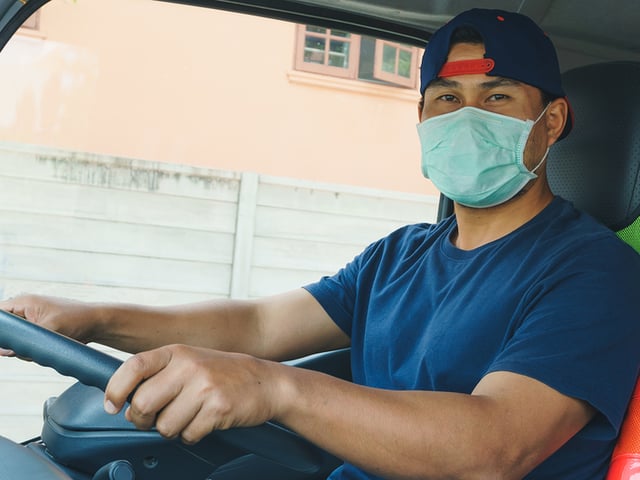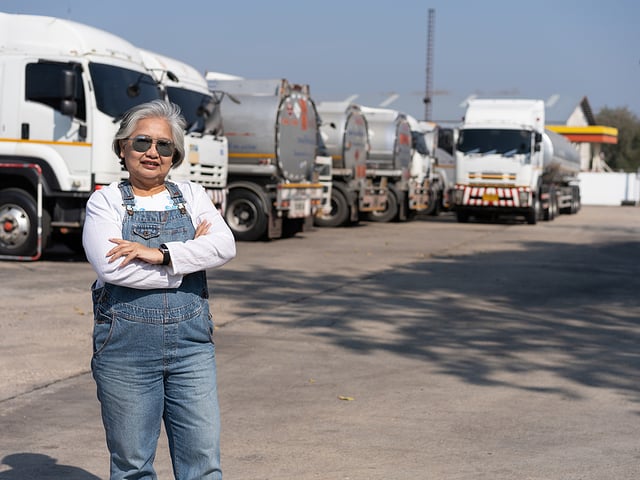
Wise Trucking Industry Practices During the COVID-19 Pandemic
Many of the operational practices that are used to run an efficient logistics operation are the same practices that will help keep drivers safe during a pandemic.
Not only will drivers have less exposure, but employees at shipping/receiving facilities will also have less exposure. In addition, many of these suggestions will help ensure a smooth logistics operation. There are several points of the trucking operation at which modifications should be made during the COVID-19 pandemic.
Shippers
- Loads should be ready to go.
- Shipping papers need to be complete.
- Special instructions should be pre-written to avoid long, face-to-face conversations.
- Drivers should not be forced to wait inside the building.
- When the trailer is loaded, call the drivers to the shipping clerk’s window via cell phone or CB radio.
- If possible, use drop-and-hook, rather than live load.
- For drop-and-hook, use paperwork “drop boxes” or leave the bills in the trailer nose box.
Consignees
- Be ready for the delivery.
- Special instructions should be pre-written to avoid long face-to-face conversations.
- Don’t force the drivers to wait inside the building.
- When a door is available, call the drivers via cell phone or CB radio.
- If possible, use drop-and-hook, rather than live unload.
- For drop-and-hook, use paperwork “drop boxes” or leave the bills of lading (BOLs) in the trailer nose box.
Truck Stops
- Make your restaurant a “meals-to-go only” operation. Shorten the menu if necessary.
- Close the TV room and/or movie theater.
- Sell canned/packaged food that can be consumed in the cab of a truck.
Trucking Companies
- Send sick employees home.
- Tell exposed employees to call in sick, rather than risk exposing other people.
- Reassure employees that missing work does not put their job at risk.
- Provide personal protective equipment (PPE) to all employees, not just the employees with the greatest exposure.
- Prioritize loads.
Be prepared:
- to operate with many missing employees (in the office, shop/field, and drivers)
- for extensive amounts of overtime (office workers, shop/field employees, and drivers)
- for demand to exceed capacity
- for some loads to not be delivered
And, Finally…
Do and keep doing the basics:
- Clean and sanitize. Then clean and sanitize some more.
- Practice good social distancing.
- Keep checking for new information.
- Change up your operations as circumstances change.
Minimizing drivers’ wait times will reduce exposure risks to drivers and facility employees. As a bonus, minimizing drivers’ wait times will increase operational efficiency.
Keep Reading

Commercial Driver's License Test Blog
How Many Questions are on the CDL Permit Test?
Embarking on a career in commercial truck driving begins with a crucial…

Commercial Driver's License Test Blog
What are the Three Tests for the CDL Permit?
If you’re looking to embark on a career in truck driving, obtaining a C…

Commercial Driver's License Test Blog
How Much Does It Cost to Get a CDL?
The trucking industry dominates freight shipping. Trucks handle over 70…